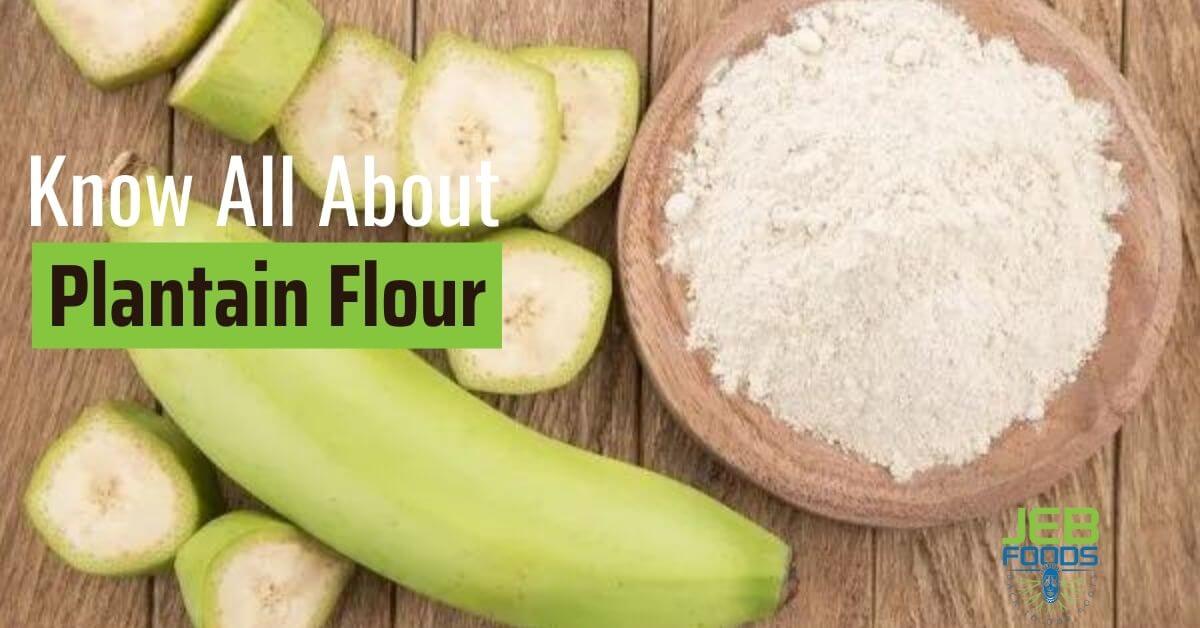If you are here, that simply means you would love to know the most beautiful snails in the world. Then I have got you covered.
In no particular order, let me show you the snails that are the most attractive in the world.
Introduction to Beautiful Snails
Table of Contents
ToggleSnails are a diverse group of gastropods distinguished by their slow movement and circular pattern shells that house, conceal, and protect their mucus membrane bodies.
There are approximately 35,000 species of snails, both terrestrial and aquatic.
The are members of the Mollusca phylum, the second-largest phylum of invertebrates, and gastropods (snails and slugs) make up roughly 80% of it. They are almost as varied as insects.
Here are few of the world’s most fascinating and unusual-looking snail species.
Giant African Snails

Tiger snail, Giant African Land, East African Land, West African Land Snail (Achatina fulica, Achatina marginata, Achatina achatina) are all similar.
They live 5 to 6 years on an average, but they can live up to 10 years. Full-grown adults can reach nearly 8 inches (20 cm) in length and 5 inches (13 cm) in diameter, making them one of the largest terrestrial snails.
Adult shells are brownish with darker brown lengthwise stripes, have seven to nine whorls, including a swollen long body whorl, and cover at least half of the snail’s length.
Despite their voracious appetites, many people in the United Kingdom and Asia keep these snails as pets, praising their cute faces and expressive eyes.
Giant African land snails are hermaphrodites, which means they have both male and female reproductive organs.
Only two snails are required for breeding, but they are extremely prolific breeders. Because each snail can lay 1,200 eggs per year, rapid population growth is likely.
They are edible with huge health benefits. Get edible Africa Giant land snail here.
Oriente Tree Snail (Polymita picta)

The beauty of these striped snails is multifaceted, with color differences occurring between species and within individuals of the same species.
Some scientists speculate that the variations may confuse predators, preventing them from homing in on these snails as a predictable meal.
These invertebrates can go inactive for long periods because they can secrete a mucus seal around their shell openings; this makes them excellent travelers, tough enough to endure a trip at sea on vegetation blown loose from the mainland during a storm or flood.
Because of the variety of vibrant colors on their shells, these tiny gastropods are aptly named painted snails.
Candy Cane Snails

Liguus virgineus, known as the Candy Cane Snail, is a species of vibrantly colored snails that lives on forest trees on only one Caribbean island.
It has a shell with impressive, very bright spiral stripes of orange, purple, and yellow. It has a distinct conical shell that measures 30–60 mm.
Candy Cane Snails grow by depositing calcium carbonate along the open edge of their shells, resulting in a hard casing that spirals outwards as they grow.
They’ve been admired for centuries, but their colorful patterns have caused them to become over-collected. The reason for their distinct patterns and colors is unknown.
Sea Butterflies
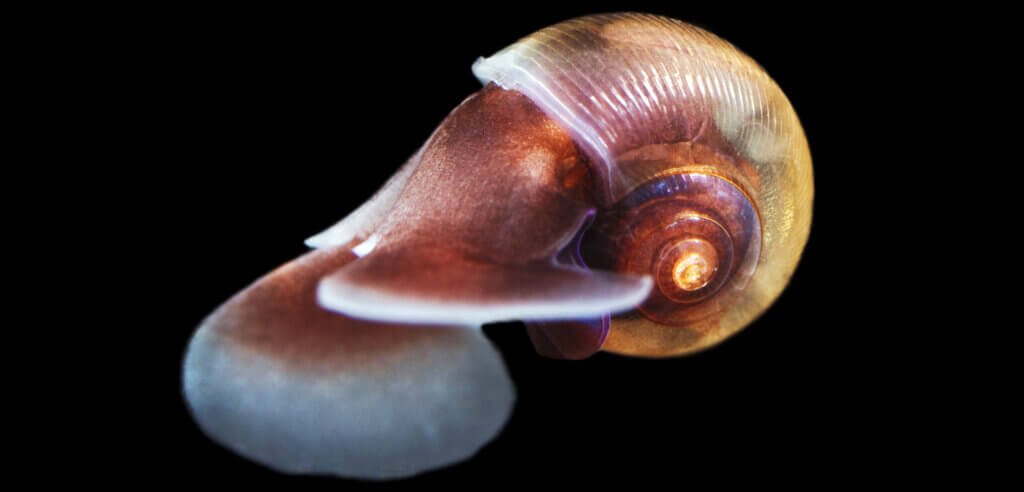
A pair of sea butterflies (Limacina helicina) flutter not far from the ocean’s surface in the Arctic.
Sea butterflies are sea snails, but instead of dragging themselves around the seafloor with a muscular foot, they flap their modified feet like butterfly wings!
They are very small, rarely exceeding one centimeter in length, but extremely many in some areas of the Arctic Ocean, where they feed on phytoplankton and small zooplankton species.
They have a slim shells which are made of aragonite, a type of unstable calcium carbonate that is vulnerable to ocean acidification.
Golden Elephant Snails

Lake Poso in Sulawesi, Indonesia, is the habitat of one of the most adorable snails that have ever existed.
The Golden Elephant Snail, also known as the Rabbit Snail (Tylomelania zemis), is an excellent addition to an established community tank.
They are very calm creatures. I can see the rabbit resemblance with the long “ears” and such, but I prefer to compare this snail to an elephant.
It could be because they walk like lumbering elephants, pulling themselves along with their muscular foot while sifting through the sand with their ‘trunk.’
They are not aggressive in any way, and they appear to be very interested in their environment. Rabbit Snails are active induring the day and can become extremely active at night.
Aquarists adore this little creature because it makes an excellent clean-up crew, searching for leftover food and vacuuming up debris from the tank’s floor. They also consume the algae and plant matter, keeping your tank clean.
Oh, and these snails are one of only a few species that deliver 1-3 perfectly formed “babies” in individual milky-white egg sacs.
Geography Cones
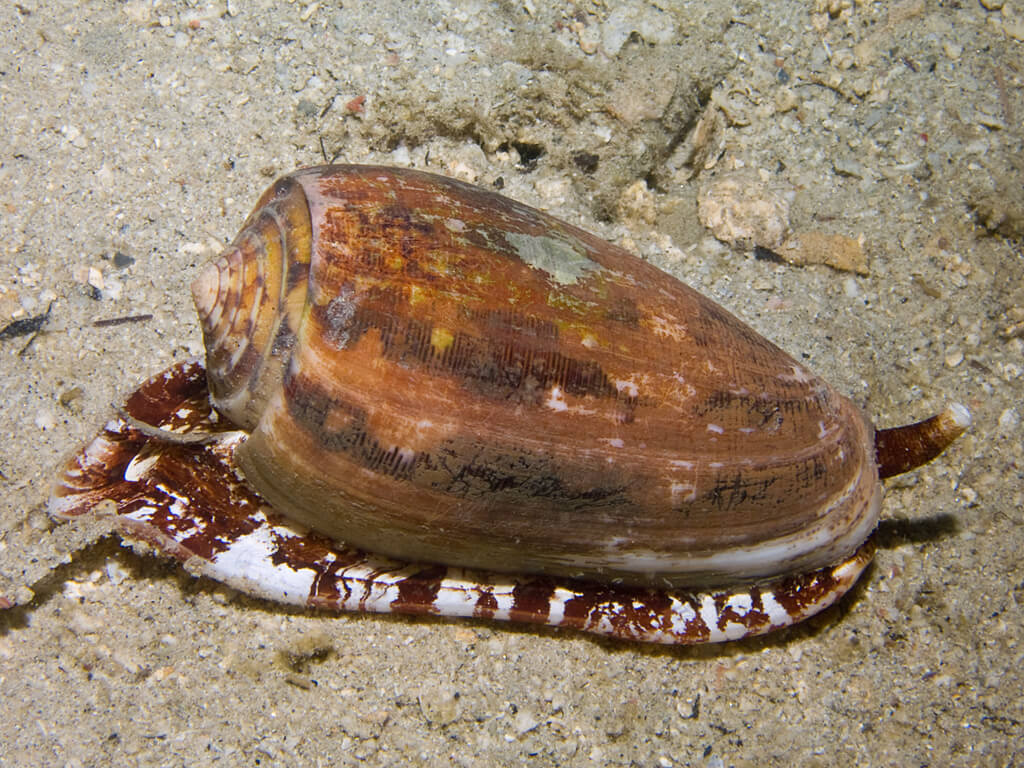
Conus geographus, or geographic cone snail, is native to the tropical and subtropical Indo-Pacific region, most notably along Australia’s northern coast.
Their surroundings include living or fragmented coral reefs, as well as sandy areas within tidal zones. They are more commonly found in shallower waters.
The geographic cone snail’s extremely toxic venom must be powerful enough to paralyze the victim instantly.
Ironically, proteins found in cone snail venom have enormous potential as pain-killing drugs when isolated.
Geographic cones grow to be about 6 inches long and have intricately patterned brown-and-white shells that shell collectors prize.
Violet Sea Snails
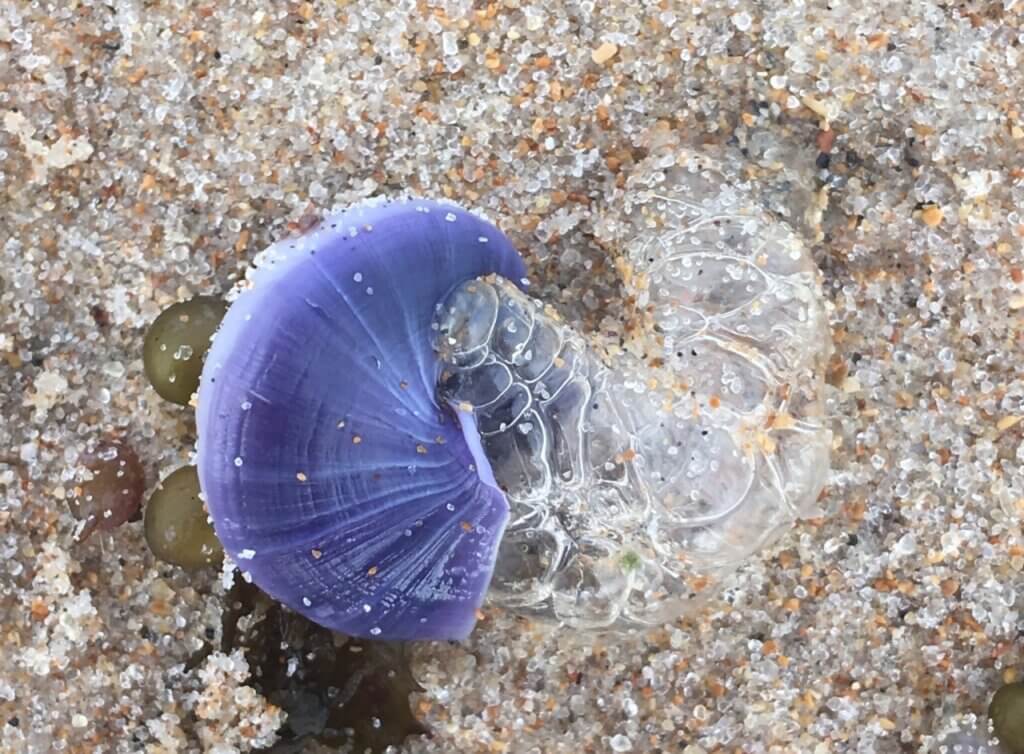
The Violet Sea Snail (Janthina janthina), also known as the Bubble Raft Snail, is a species with an unusual life cycle. A fully grown violet sea snail has a shell that is 3 to 4cm across.
As a free-swimming larva, this species begins its life. When it matures, it produces mucus, which it agitates with its foot to mix with air and fill with bubbles; this produces a ‘bubble raft,’ which keeps the adult sea snail afloat on the sea’s surface, upside down with its shell hanging downwards.
Violet sea snails got their name from the lightweight shell, which is made up of various shades of purple.
Croatian Cave Snails

On an expedition to determine the cave’s depth, a team of cavers and biologists from the Croatian Biospeleological Society discovered Zospeum tholussum in the Lukina Jama-Trojama cave systems of western Croatia — one of the 20 deepest cave structures in the world.
They discovered a species of land snail, completely blind and possessing a translucent shell with five to six whorls, about 3,000 feet underground in a Croatia.
Through the shell, you can even see the snail’s guts. The snail appears to have limited mobility and spends most of its time in the mud near water.
Hairy Triton’s Trumpets
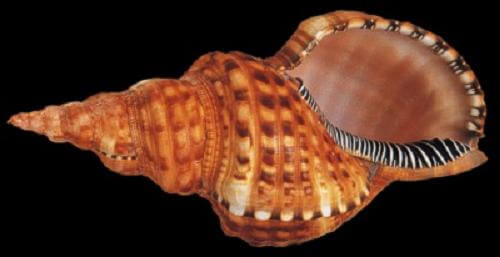
From the Ranellidae family, most live shells are covered by a periostracum composed of brown bristles giving them a hairy appearance.
Tritons subdue and liquefy prey such as mollusks and echinoderms by using corrosive saliva. Prominent teeth frequently surround their aperture.
These snails are typically reef dwellers, often found in “pairs,” and can be found at depths of up to 300 feet.
Tritons are predators that eat mollusks but mostly starfish.
Opisthostoma pulchellum

Opisthostoma pulchellum is an air-breathing land snail with an operculum, a terrestrial gastropod mollusk in the Diplommatinidae family.
Some species’ shells have surface sculpture, and a few are exquisitely ornamented. Pulmonates are characterized by the absence of both gills and an operculum.
Freshwater pulmonates breathe by taking air from the surface and directing it into a cavity in their body.
Fire snails Melting Snails

M. capillaceus lives in Peru, Paraguay, Bolivia, and Brazil and M. maximus is found in Colombia, Peru, Bolivia, and Brazil.
These strange “melting snails” belong to the genus Megalobulimus, a genus of air-breathing land snails in the family’s subfamily Megalobuliminae of the family Strophocheilidae.
They resemble typical snails, except that their bodies are slowly spilling out from either side. These snails have a shell that is about 7-8 cm long.
Also, the species can reach a height of 7-11 cm (shell). They have an elegantly curved shell that is slightly bulbous and ridged. The shell is cream with chestnut/pink patches.
The pink shell lip differs from other snails I’ve seen in that it is curved back on itself in a very rigid fashion, similar to a trench or canal; this appears to be an unusual feature, as this trench quickly fills with dirt and soil.
Furthermore, they have gelatinous bodies that are a little flatter. They produce less mucus and appear to have much less suction, with the strongest coming from the bottom of the foot.
The snails themselves appear to be quite heavy, although their external body is not. They have enormous mouths with flaps on either side containing a row of fronds. Each frond appears to be capable of moving independently.
They use them to feel around in what appears to be a more useful way than other snails. They do, in fact, wave and wiggle their way over food. It appears that we are gently and slowly wiggling our fingers.
Their eye-stalks/tentacles are smaller in proportion to their chubby heads than those of other snails.
They have a distinct appearance from the more slender and streamlined forms of more common species. They have a visible genital opening, but it is smaller and less swollen.
Can I Paint The Shell Of A Snail
If you want to customize the shells of your garden snails, make sure to use non-toxic paint and try not to startle the snail too much, otherwise she may crawl out and abandon her home!
If you’d prefer use yarn than paint, you might try crocheting a shell cozy for your mollusk buds!
What Happens If You Paint The Shell Of A Snail?
You should be OK as long as the paint does not come near the entrance, interfere with shell formation, or emit harmful fumes. We use nail polish to coat hatchling snails, and it has no effect on their growth rate.
Is It Possible To Apply Nail Polish To Snail Shells
The short answer is yes you can but if it touches the snail it will be harmful. Ensure you hold on to it while the fluid dries.
I recommend that you save the painted snail so that you can be sure it can be found among the others after some time.
Is Painting Snails Bad For Them
When the shells of these snails are brightly painted, it’s difficult to ignore them moving around. If you want to adorn the shells of your garden snails, make sure to use non-toxic paint and try not to startle the snail too much, otherwise she may crawl out and abandon her home!
How Do You Mark A Snail?
It’s not a strange question; it’s been asked many times before. Apply nail polish. Dry the snail, then apply the polish in a mark and allow it dry fully before reintroducing the snail to the aquarium. At no point should the polish come into contact with your skin.
What Kind Of Paint Is Safe For Snails
You should be OK as long as the paint does not come near the entrance, interfere with shell formation, or emit harmful fumes.
We use nail polish to coat hatchling snails, and it has no effect on their growth rate. However, use nail paint with a low formaldehyde content. Crazy glue may even be used to adhere small labels.



